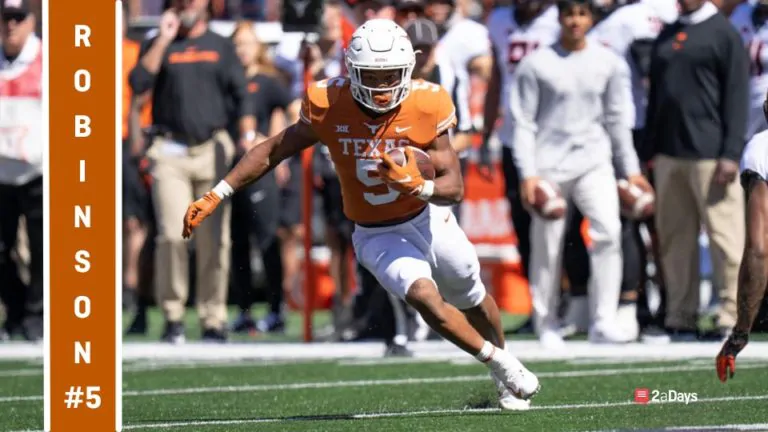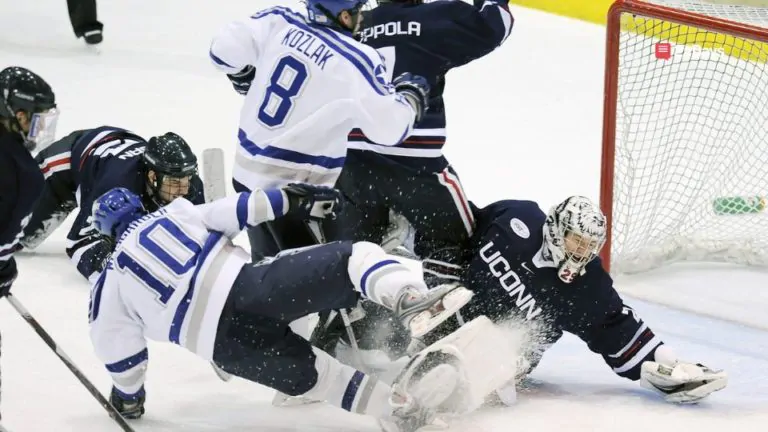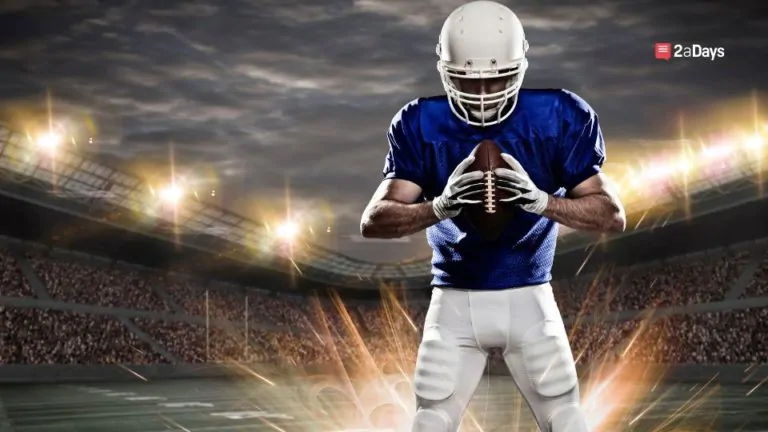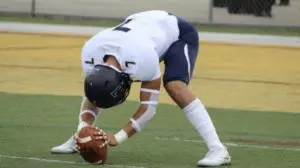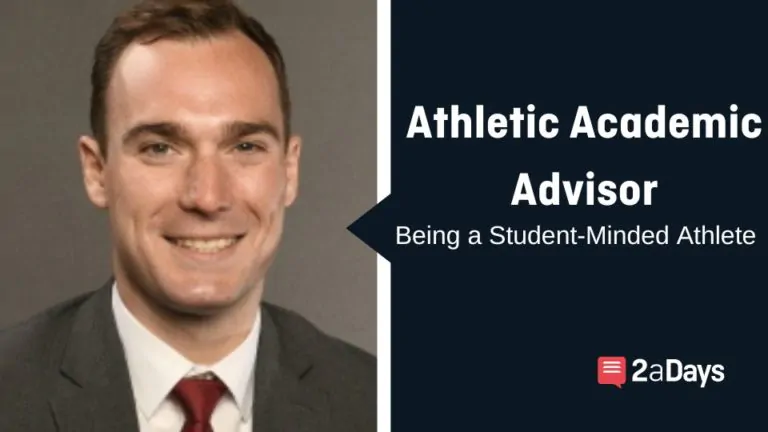November 15th officially kicks off the NCAA's constitutional convention, and there's been a lot of talk and preliminary action leading up to the event, which makes sense, given the PR surrounding it.
Back in July, NCAA President Mark Emmert said that the convention “is not about tweaking the model we have now. This is about wholesale transformation so we can set a sustainable course for college sports for decades to come. We need to stay focused on the thing that matters most — helping students be as successful as they can be as both students and athletes.” This level of initiative sounds good, but there are some caveats to keep in mind as the month of November heats up.
What Is at Stake?
The NCAA's constitution consists of Bylaws 1-6 of the Division 1 Manual, which is the NCAA's official policy book. In a sense, the constitution is the brain of NCAA policy: it instructs the entire system on how procedures should be carried out. The 6 bylaws that make up the constitution are: Name, Purposes and Fundamental Policy, Principles for Conduct of Intercollegiate Athletics, NCAA Membership, Organization, Legislative Authority and Process, and Institutional Control.
Related: Constitutional Convention Central: What College Athletes Need to Know
The NCAA's constitution also guides power dynamics in collegiate athletics—namely, who has the authority to say what gets done and how it's done. Additionally, the constitution outlines the principles that govern the NCAA's operating bylaws, including the values of gender equity, amateurism, nondiscrimination, and rules compliance.
That said, these are principles, not actual enforceable bylaws, so these areas of enforceable policy probably aren't going to change in January as a result of the convention. But, the structuring of the NCAA just might if the NCAA follows through on its timeline.
What Needs to Change?
This is important. There are many bylaws in the NCAA that need to change, including lax regulations around health and safety, inconsistent NIL policies, and overall academic standards, to name a few.
Additionally, a key finding from the NCAA's pre-convention survey was that there is a sense of frustration surrounding the bureaucracy involved in policy change. If the NCAA decides to decentralize at the conclusion of the convention, such measures could potentially speed up decision-making and afford more power to the divisions, conferences, and/or universities.
Whether a change in power dynamics will be good, bad, or neutral for athletes is still unknown, but change in these areas will nonetheless affect college athletes at all levels of competition.
Lack of Objectivity on the Committee
The makeup of the constitutional convention committee reflects a key problem within the NCAA: Out of 28 total members, only 3 are current or former college athletes. There are also no current Division I athletes on the committee.
The Division 1 athlete representative, Kendall Spencer, also served on the NCAA's Board of Governors in 2015, so there's a potential conflict of interest there. To be clear, Spencer isn't the only insider—according to Front Office Sports, “every single one of the committee's members are current or former NCAA, school, or conference officials.” The vast majority of the committee members are university presidents and conference commissioners, so the NCAA seems to be appealing to insiders here, and the lack of objectivity raises some red flags.
Suspicious Timeline
Not only that, the timeline of the convention is unusually fast-paced for the NCAA. The convention will begin on November 15th. At this time, members of the committee will reveal findings to leaders in D1, DII and DIII. After two more rounds of feedback, members will vote on changes to the constitution in January. Then, each division will have to re-write its rules accordingly by August 2022.
Votes Don't Guarantee Change
When the council votes, it doesn't guarantee change, and the council can also propose amendments, so a lot of what comes out of the convention in November will be fluid at best. Additionally, the NCAA kicked the can when it made similar efforts to revamp its NIL policies in 2020 before deferring to member schools. Given the stakes involved here, I wouldn't be surprised by similar hold-ups moving forward.
Katie Lever is a former Division 1 athlete and a current doctoral candidate at the University of Texas, where she studies NCAA discourse. Follow her on Twitter and Instagram to keep up with the NCAA: @leverfever
* Originally published on November 9, 2021, by Katie Lever, Ph. D


